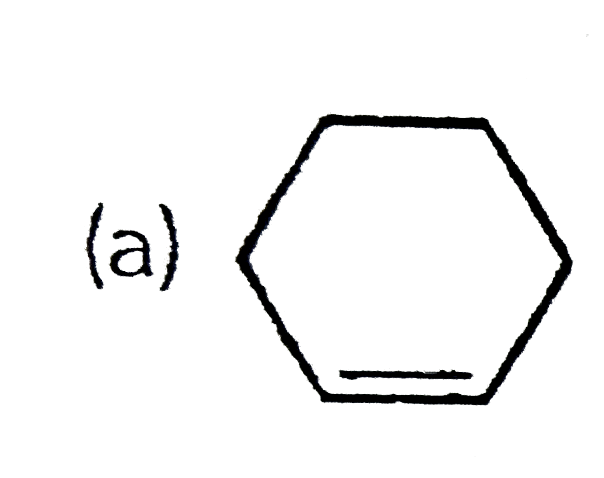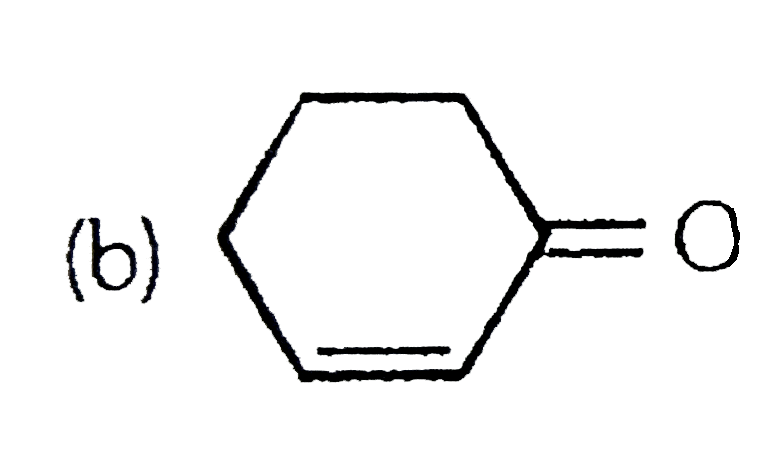ACl2−−→BAgCN−−−→C[H]−−→(CH3)2 NH Reactant [ A ] is :
Methane
Ethane
Ethene
Propane
The correct Answer is:A
To solve the question, we need to identify the reactant A that leads to the final product (CH₃)₂NH through a series of reactions. Let's break down the steps:
Step 1: Identify the Final Product
The final product given is (CH₃)₂NH, which is a secondary amine. This indicates that the reactant A must be capable of forming a secondary amine through the reactions described.
Hint: A secondary amine has two carbon groups attached to the nitrogen atom.
Step 2: Determine the Structure of Reactant A
Since (CH₃)₂NH is a secondary amine, the reactant A must have at least two carbon atoms. The simplest structure that can lead to a secondary amine upon reaction is propane (C₃H₈), which has the structure CH₃-CH₂-CH₃.
Hint: Look for a reactant that can provide the necessary carbon skeleton for a secondary amine.
Step 3: Reaction with Cl₂
When propane reacts with Cl₂ (in the presence of heat or light), it undergoes a free radical substitution reaction. The chlorine will preferentially attach to the secondary carbon to form a more stable radical. The major product formed will be isopropyl chloride (CH₃-CHCl-CH₃).
Hint: Remember that free radical halogenation favors the formation of more stable radicals.
Step 4: Reaction with AgCN
The isopropyl chloride (product B) then reacts with silver cyanide (AgCN). This reaction is a nucleophilic substitution where the chlorine atom is replaced by the cyanide ion (CN⁻), forming isopropyl cyanide (CH₃-CH(CN)-CH₃).
Hint: Nucleophilic substitution reactions often involve the replacement of a leaving group with a nucleophile.
Step 5: Reduction of the Cyanide
The final step involves the reduction of isopropyl cyanide (product C) to form the secondary amine (CH₃)₂NH. This reduction can be achieved using hydrogen (H₂) in the presence of a reducing agent.
Hint: Reducing agents can convert nitriles (like cyanides) into amines.
Conclusion
After analyzing the reactions and the structures involved, we conclude that the reactant A is propane (C₃H₈).
Final Answer: The reactant (A) is propane (C₃H₈).
---
The final product given is (CH₃)₂NH, which is a secondary amine. This indicates that the reactant A must be capable of forming a secondary amine through the reactions described.
Since (CH₃)₂NH is a secondary amine, the reactant A must have at least two carbon atoms. The simplest structure that can lead to a secondary amine upon reaction is propane (C₃H₈), which has the structure CH₃-CH₂-CH₃.
When propane reacts with Cl₂ (in the presence of heat or light), it undergoes a free radical substitution reaction. The chlorine will preferentially attach to the secondary carbon to form a more stable radical. The major product formed will be isopropyl chloride (CH₃-CHCl-CH₃).
The isopropyl chloride (product B) then reacts with silver cyanide (AgCN). This reaction is a nucleophilic substitution where the chlorine atom is replaced by the cyanide ion (CN⁻), forming isopropyl cyanide (CH₃-CH(CN)-CH₃).
The final step involves the reduction of isopropyl cyanide (product C) to form the secondary amine (CH₃)₂NH. This reduction can be achieved using hydrogen (H₂) in the presence of a reducing agent.
After analyzing the reactions and the structures involved, we conclude that the reactant A is propane (C₃H₈).
Topper's Solved these Questions
- HALOALKANES & HALOARENES BOOK - VMC MODULES ENGLISHCHAPTER - HALOALKANES & HALOARENES EXERCISE - EFFICIENT
100 Videos
- HALOALKANES & HALOARENES BOOK - VMC MODULES ENGLISHCHAPTER - HALOALKANES & HALOARENES EXERCISE - IMPECCABLE
100 Videos
- HALOALKANES & HALOARENES BOOK - VMC MODULES ENGLISHCHAPTER - HALOALKANES & HALOARENES EXERCISE - IMPECCABLE
100 Videos
- ENVIRONMENTAL CHEMISTRYBOOK - VMC MODULES ENGLISHCHAPTER - ENVIRONMENTAL CHEMISTRYEXERCISE - JEE Main (Archive)
39 Videos
- HALOALKANES AND HALOARENESBOOK - VMC MODULES ENGLISHCHAPTER - HALOALKANES AND HALOARENESEXERCISE - IN-CHAPTER EXERCISE - F
6 Videos
Similar Questions
SOCl2−−−→(A)KCN−−→(B)H+−−→(C ), the compound (C ) is

View SolutionThe compound (A) in the following reaction sequence is:
(A) PCl5−−→ (B) Alc KOH−−−−→ ( C) H2/Ni−−−→
Propane :
View SolutionCH3BrKCN−−→A4[H]−−−−−→LiAlH4CH3CH2NH2
IUPAC name of A is
View SolutionThe product D of the reaction CH3ClKCN−−→(A)H2O−−→(B)NH3−−→(C)Δ−−→(D) is
View SolutionCH3COOHAgOH−−−−−→Br2[A]AgCN [B] HOH−−→ [ C] + [D], in reaction [C] & [D] are
View SolutionLet →C=→A+→B then :
View SolutionC2H5OHPCl5−−→(A)KCN−−→(B)H3O+−−−→(C)NH3−−→(D)heat−−→(E)
Identify the products
View SolutionIdentify A to G in the following.
(a) Br2,CCl4−−−−−→AKCN−−→BH3O+−−−→C
Br2,CCl4−−−−−→AKCN−−→BH3O+−−−→C
(b) Br2,CCl4−−−−−→DKCN−−→EH3O+−−−→G
Br2,CCl4−−−−−→DKCN−−→EH3O+−−−→G
View SolutionCH3CH2CH2OHPBr5−−→(A)KOH(Alc)−−−−−−→(B)HBr−−→(C)NH3−−→(D)
Identify the product
View SolutionIn the following sequence of reactions,
CH3CH2CH2BrKOH(Alc)−−−−−−→ (A) HBr−−→ (B) KOH(aq)−−−−−→ (C ) The product (C) is
View Solution
